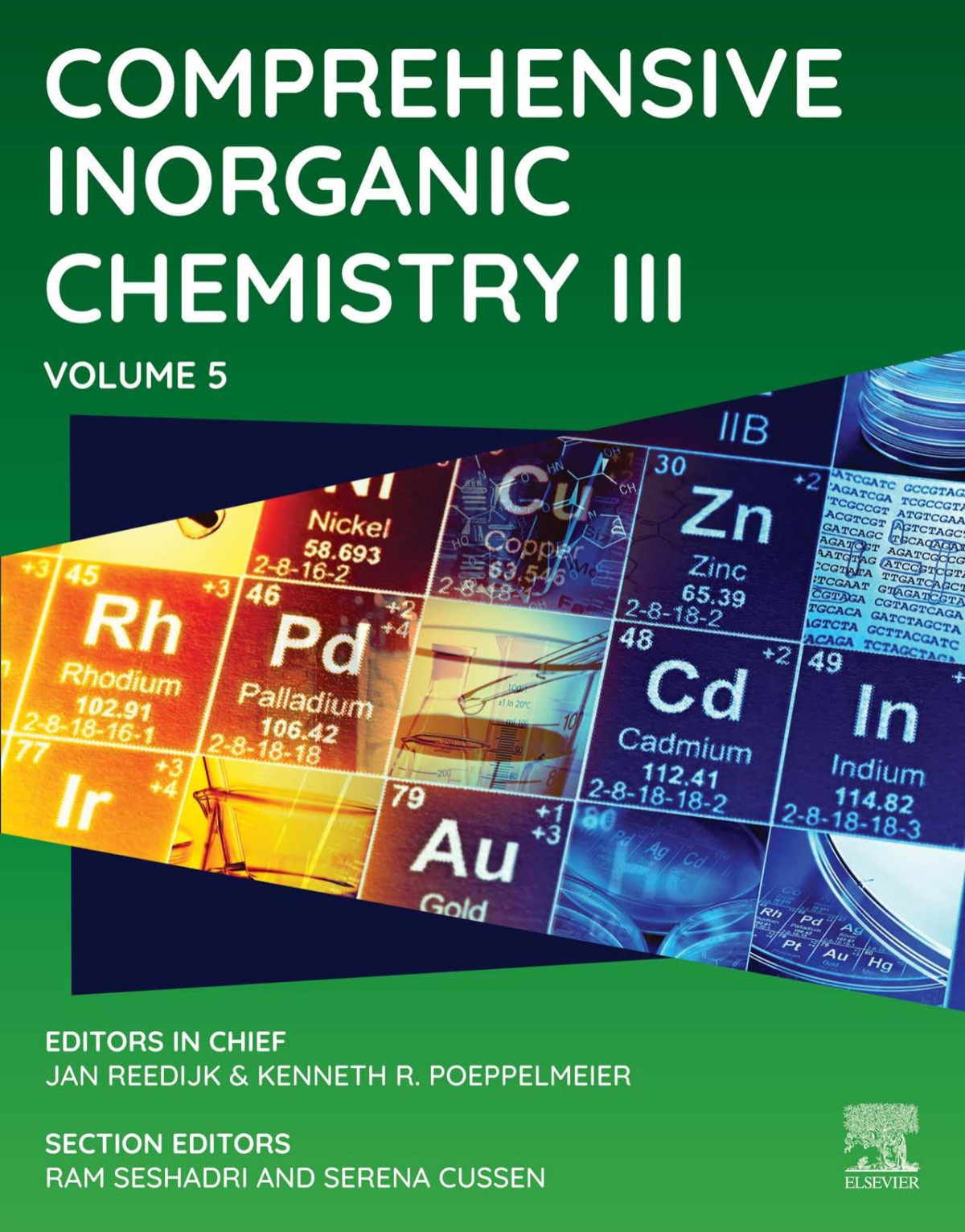

Most ebook files are in PDF format, so you can easily read them using various software such as Foxit Reader or directly on the Google Chrome browser.
Some ebook files are released by publishers in other formats such as .awz, .mobi, .epub, .fb2, etc. You may need to install specific software to read these formats on mobile/PC, such as Calibre.
Please read the tutorial at this link: https://ebookbell.com/faq
We offer FREE conversion to the popular formats you request; however, this may take some time. Therefore, right after payment, please email us, and we will try to provide the service as quickly as possible.
For some exceptional file formats or broken links (if any), please refrain from opening any disputes. Instead, email us first, and we will try to assist within a maximum of 6 hours.
EbookBell Team

0.0
0 reviewsComprehensive Inorganic Chemistry III focuses on main group chemistry, biological inorganic chemistry, solid state and materials chemistry, catalysis, and new developments in electrochemistry and photochemistry, as well as NMR and diffraction methods for studying inorganic compounds.
This volume has adopted the broad title of Inorganic Materials Chemistry, but as readers would note, the title could readily befit articles in other volumes as well. In order to distinguish contributions in this volume from those in other volumes, the editors have chosen to use as the organizing principle, the role of synthesis in developing materials, reflected by several of the contributions carrying the terms “synthesis” or “preparation” in the title. It should also be noted that the subset of inorganic materials that are the focus of this volume are what are generally referred to as functional materials, i.e., materials that carry out a function usually through the way they respond to an external stimulus such as light, or thermal gradients, or a magnetic field.